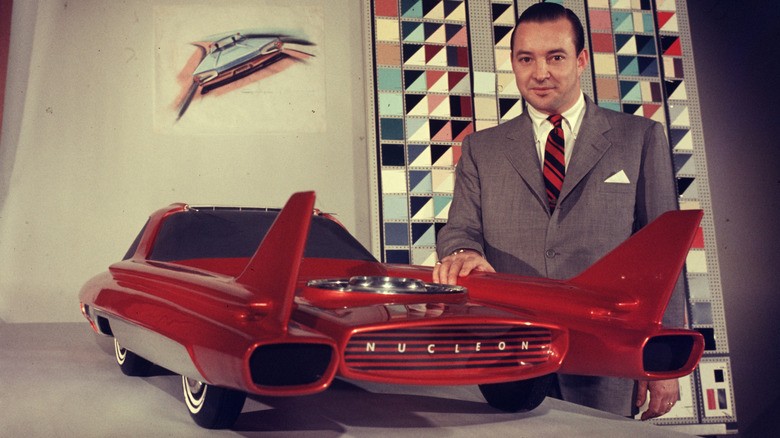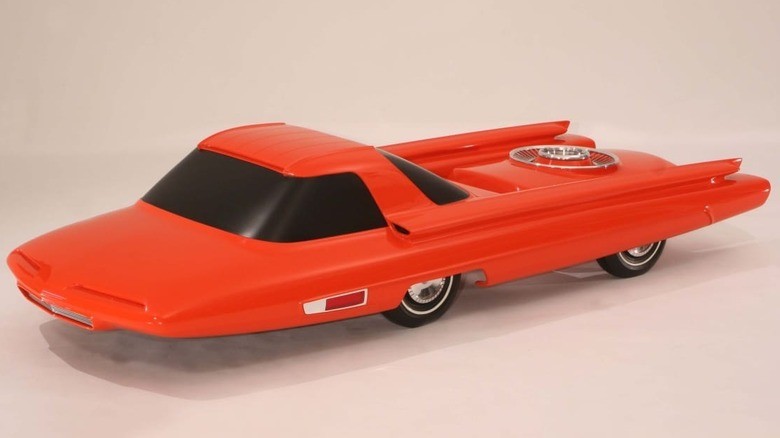Ford’s Nucleon: The Nuclear-Powered Car That Could Have Changed Everything
1950s optimism and fear collided in the Atomic Age. Ford unveiled the Nucleon in 1958 as a three-eighths-scale concept car, a bold attempt to domesticate the apocalypse. The plan: hide a miniature nuclear reactor in the back of a family car, turning science fiction into a showroom dream. It was a time when the future promised jet packs and clean energy, sometimes at the same moment.

In This Article:
A 3/8-Scale Dream Born From the Nuclear Age
It wasn’t just styling. Jim Powers led the design, wiring the exterior to the powertrain: uranium fission would heat water into steam, spin turbines, and power the wheels. The cabin sat out front beneath a giant bubble canopy, a Jetsons-inspired cockpit for a car that would supposedly run on atomic heat. Ford fantasized a range of more than 5,000 miles per core, with different cores for long-range or performance.

From Fantasy to Formula: How It Was Supposed to Work—and Why It Didn't
Gas stations would vanish, replaced by reactor service stations. You’d roll up, drop your used core, and grab a fresh one. The reactor's heat would create electricity to drive the wheels. But shielding the occupants required a brick-thick wall around the core—about a foot of lead and other dense materials in every direction—making cornering and crash safety untenable. Engineering obstacles, not politics, doomed the project.

The End of the Nucleon, and the Birth of Fallout’s Echo
The Nucleon never left the scale-model stage. The original model now lives in Dearborn, Michigan's Henry Ford Museum of American Innovation, serving as a vivid reminder of an impossible but ambitious dream. Its most lasting legacy is a direct line to the Fallout video game series, whose retro-futuristic cars nod to Ford’s atomic-age vision—and, in a grim joke, detonate into a miniature mushroom cloud if you shoot them enough.

Lessons from an Atomic Dream: Why We Bet on Electric Grids, Not Nuclear Cartridges
Nuclear power remains debated as a potential energy source, but consumer cars with onboard reactors never materialized. In the era of electric vehicles, the practical path is plugging into a shared grid rather than stuffing reactors in trunks. The Nucleon endures as a glowing time capsule of mid-century optimism and a warning about dreams that outpace safety and practicality.

